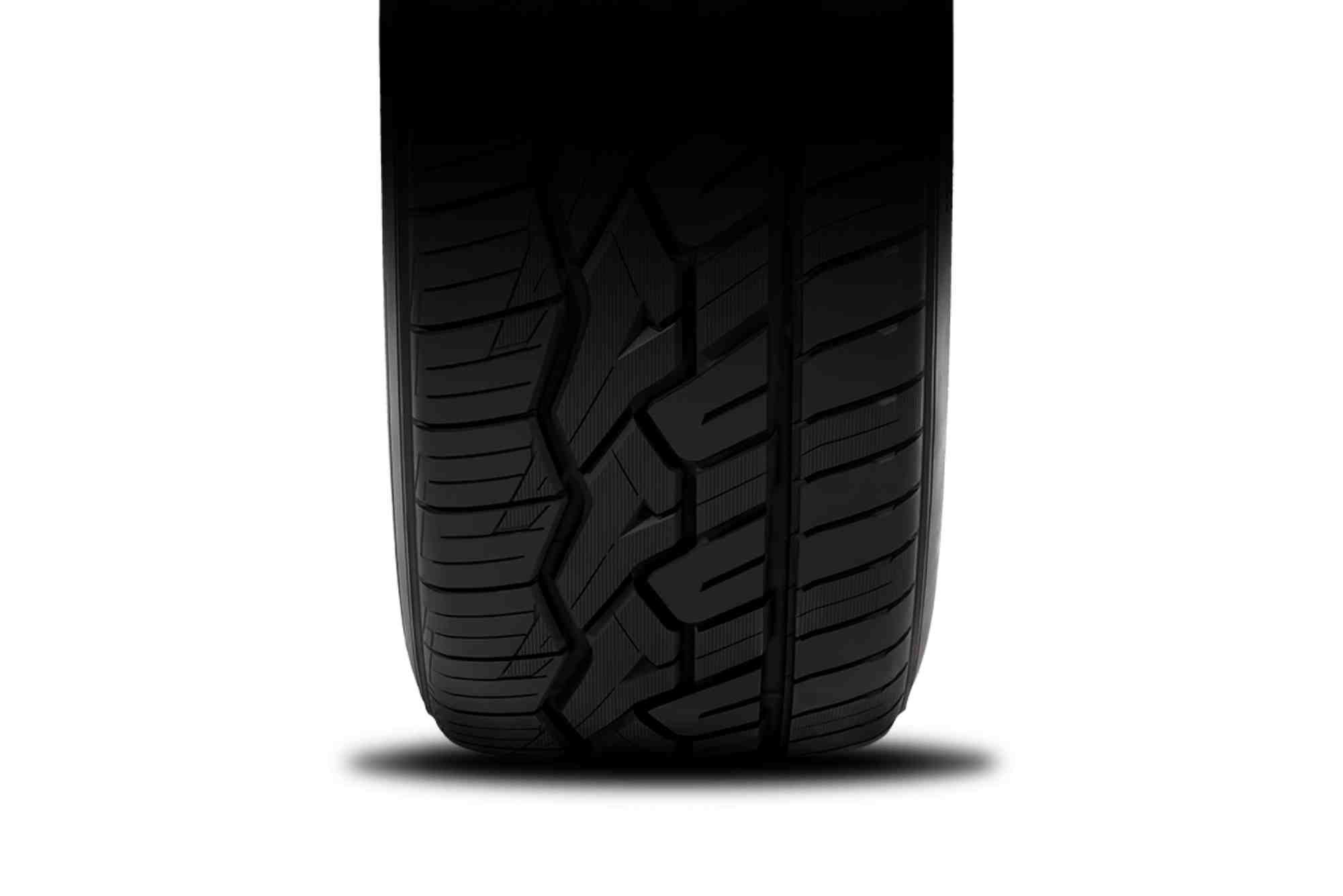Nitto 420 Tires: Performance, Price, and Durability Explained
Nitto 420 tires attract SUV, CUV, and light-truck owners who want confident street performance without losing comfort. In this guide, I unpack how nitto 420 tires behave in daily driving, how much you should expect to pay, how long they typically last, and who will benefit most from them. By the end, you will know whether nitto 420 tires fit your needs, your budget, and your expectations for tread life.
What the Nitto 420 line is designed to do
The Nitto 420 family, most commonly seen as the NT420S or NT420V, is a performance-oriented all-season tire built primarily for heavier, high-center-of-gravity vehicles. That mission shapes everything from the asymmetric tread to the reinforced internal construction. In plain language, nitto 420 tires aim to deliver sharp steering feel, stable highway manners, and year-round usability on dry and wet pavement, while still maintaining a composed ride. They are not winter specialists, and they are not off-road tires. They target the everyday street where most SUVs live.
Real-world performance on dry roads
On dry pavement, nitto 420 tires feel secure and predictable. Turn-in response is crisp for the category, so you do not get the sloppy delay that some touring SUV tires show. The broad shoulder blocks help resist squirm in fast lane changes, which builds confidence at speed. Braking distances are competitive for a street-focused performance all-season. You also notice that the contact patch stays planted during long highway sweepers, which matters in tall, heavy vehicles that can otherwise feel vague. If you come from a softer, comfort-first tire, nitto 420 tires will probably feel more connected to the road.
Wet grip and hydroplaning resistance
Wet grip is the next question many buyers ask. The wide circumferential channels and lateral grooves evacuate water efficiently at typical highway speeds, so hydroplaning resistance is strong for the class. In moderate to heavy rain, nitto 420 tires retain predictable steering feel, which reduces the white-knuckle factor on long commutes. Traction during standing starts on soaked intersections is decent, though you can still spin if you are heavy on the throttle in powerful trucks. As always, keeping pressures correct and tread depth healthy is key to maintaining that wet performance over time.
Light snow and winter limitations
Because the compound and tread design of nitto 420 tires focus on performance street duty, they handle only light snow acceptably. Packed ice and deeper winter slush expose their limits quickly. If you live where temperatures drop well below freezing for months and snow is routine, you should plan on a dedicated winter tire or an all-weather tire with the three-peak mountain snowflake symbol. If your winters are mild and roads are plowed fast, nitto 420 tires can get you by with cautious driving, but they are not the safest option for sustained winter use.
Ride comfort and noise
Performance SUV tires often trade some comfort for sharper handling. With nitto 420 tires, the ride remains controlled and not punishing, especially once you set the recommended inflation for your exact load. Over sharp impacts, you may feel a firmer edge compared to softer touring models, but daily comfort stays very livable. Road noise is moderate. You hear a low hum on certain asphalt textures, but it rarely becomes intrusive, even as the tread wears. Proper rotation helps keep the acoustic profile consistent over the life of the tire.
Steering feel and highway stability
Many SUV owners switch to nitto 420 tires precisely to reduce the floaty, disconnected steering of OE rubber. The reinforced sidewall and asymmetric tread help the tire resist deformation under lateral load, so your steering inputs translate cleanly. On long highway stretches, straight-line tracking is solid, which reduces constant micro-corrections and driver fatigue. If your truck is lifted or fitted with heavier wheels, nitto 420 tires can still hold the line well, provided your alignment is in spec.
Price: what you should realistically expect to pay
Pricing varies with size, speed rating, and availability, but most shoppers see nitto 420 tires land in the mid-range to premium bracket for performance SUV rubber. Expect many common 20- to 24-inch sizes to fall roughly between 180 and 320 USD per tire at normal retail, with deals occasionally pushing them lower. Staggered fitments and high load-index versions can cost more. When comparing, consider that nitto 420 tires offer stronger handling than many cheaper touring options, so your value calculation should include performance, not only upfront cost. Also budget for a proper alignment the day you install them, because nothing erases tire value faster than uneven wear.
Durability, tread life, and how long they last
How long do nitto 420 tires last in the real world? The answer depends on your driving style, vehicle weight, rotation discipline, and alignment health. Driven sensibly, many owners report 35,000 to 50,000 miles before hitting replacement depth. Aggressive cornering, high torque, and missed rotations shorten that number quickly. Because SUVs and trucks can put serious load on shoulders, you should rotate every 5,000 to 7,500 miles, or at every oil change, to balance wear across all corners. Keep in mind that as the tread wears down, wet traction and resistance to hydroplaning diminish first, so do not try to squeeze the last millimeter in monsoon regions.
Heat resistance and sustained high-speed use
If you spend long stretches on hot interstates, nitto 420 tires hold up better than softer, comfort-biased all-seasons. The carcass design resists heat build-up, which protects the compound from early hardening and cracking. This characteristic also contributes to consistent steering feel on scorching summer afternoons. Regular pressure checks are still essential, because an underinflated performance SUV tire generates extra heat and accelerates wear.
Sizing, load ratings, and fitment notes
The nitto 420 lineup spans a wide range of diameters and load ratings, making it easy to match OE specs on many modern SUVs and trucks. That breadth also lets owners upsize to a wider contact patch for a staggered appearance on performance SUVs. Always respect the load index your vehicle requires, because stepping down to a lower rating may compromise safety and could affect insurance and inspection compliance. If you are running aftermarket wheels, verify that the chosen size keeps overall diameter within a safe margin to avoid speedometer error and rubbing at full lock.
How nitto 420 tires compare to touring and ultra-high-performance options
Compared with pure touring SUV tires, nitto 420 tires deliver noticeably better steering precision and cornering stability, at the cost of a touch more firmness and potentially shorter tread life. Versus ultra-high-performance summer tires, nitto 420 tires give you all-season practicality and longer life, but ultimate dry grip and warm-weather braking lag behind sticky summer compounds. If your use case lives in the middle—spirited commuting, family hauling, and highway road trips—this balance often hits the sweet spot.
Fuel economy considerations
Rolling resistance on nitto 420 tires is not class-leading, yet it is not dramatically punitive either. Drivers swapping from a low-rolling-resistance touring tire may see a minor dip in fuel economy, while those moving from heavy, aggressive off-road tread might even gain. To protect mpg, keep pressures on spec, avoid excessive upsizing, and ensure your alignment is dialed in.
Maintenance habits that extend life and performance
If you want the most miles and the most consistent grip from nitto 420 tires, adopt three habits. Rotate at consistent intervals so each corner shares shoulder load. Check pressures at least monthly and before long trips, adjusting for seasonal temperature swings. Schedule an alignment whenever you install new tires, after any suspension work, or if you notice uneven wear or a steering pull. These simple steps usually pay for themselves in saved tread.
Who should buy nitto 420 tires—and who should not
Choose nitto 420 tires if you daily an SUV, CUV, or light truck on paved roads, you value sharper handling and stable highway manners, and you want one set to use through most of the year. Skip them if you face long, harsh winters, drive off-road often, or prioritize maximum ride plushness and the longest possible tread life over steering precision. In those cases, look at dedicated winter, all-weather, or comfort-touring options.
FAQs
Are nitto 420 tires good in snow?
They can manage light, occasional snow, but they are not optimized for deep winter or ice. If you regularly face sub-freezing roads, pair them with a winter set.
How long do nitto 420 tires last?
With correct rotation, alignment, and moderate driving, many drivers see between 35,000 and 50,000 miles. Aggressive use or skipped maintenance shortens that figure.
Are nitto 420 tires noisy?
Noise is moderate and usually lower than aggressive off-road or mud-terrain patterns. As they wear, a consistent rotation schedule helps keep sound levels steady.
How much do nitto 420 tires cost?
Most popular SUV and truck sizes fall roughly between 180 and 320 USD per tire at retail. Large diameters, high load indexes, and staggered setups can push higher.
Do nitto 420 tires affect fuel economy?
You may see a slight decrease versus low-rolling-resistance touring tires, but results depend on size choice, inflation, and alignment.
Are nitto 420 tires directional?
Most versions use an asymmetric, non-directional tread, which simplifies rotations. Always confirm the exact pattern on your sidewall before rotating.
Can I daily drive nitto 420 tires in hot climates?
Yes. The construction manages heat well, which helps maintain stable performance on scorching highways.





